Home>Garden Essentials>What Is A Cactus Soil Mix
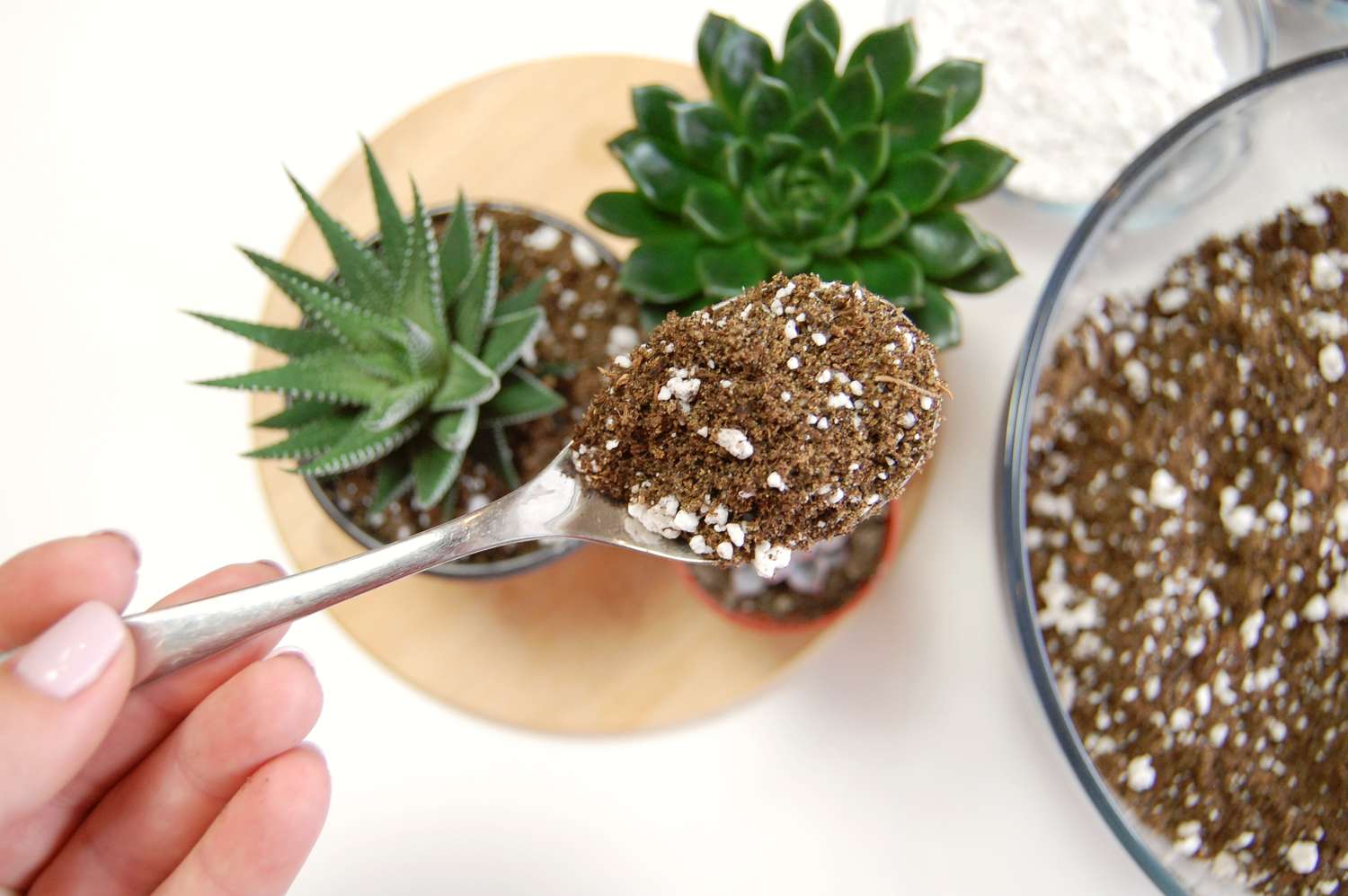

Garden Essentials
What Is A Cactus Soil Mix
Modified: March 16, 2024
Looking for the perfect garden soil mix for your cactus? Find out what makes a great cactus soil mix and how it benefits your garden.
(Many of the links in this article redirect to a specific reviewed product. Your purchase of these products through affiliate links helps to generate commission for Storables.com, at no extra cost. Learn more)
Introduction
Welcome to the fascinating world of gardening! Whether you are a seasoned horticulturist or a beginner with a green thumb, one thing is certain – plants have unique needs, and providing them with the right conditions is crucial for their growth and development. Specifically, when it comes to cacti, having the correct soil mix is essential for their well-being. In this article, we will explore the concept of a cactus soil mix, its composition, and how you can create your own mixture to ensure your prickly plants thrive.
Cacti are renowned for their ability to adapt and survive in arid and desert-like environments. Due to their unique physiological characteristics, they require soil that is different from the regular potting mix. A cactus soil mix is specifically designed to provide the ideal conditions for cacti and succulents to flourish.
A well-draining soil mix is key for cacti as it prevents waterlogging and root rot, which can be detrimental to their health. The soil mix should mimic the natural habitat of cacti, simulating the sandy and rocky conditions of their native environments. This ensures that excess moisture quickly drains away from the roots, preventing water from sitting around the delicate root system.
Moreover, a cactus soil mix is typically low in organic matter. While compost-rich soil is beneficial for many plants, cacti prefer leaner soil conditions. The low organic content reduces the risk of retaining moisture for extended periods and provides a stable and well-aerated environment for the roots.
Having a specific cactus soil mix offers a host of benefits for your cacti. Firstly, it helps prevent root rot by providing excellent drainage. This ensures that excess water doesn’t accumulate around the roots, which can lead to fungal infections and ultimately the death of the plant.
Secondly, a well-draining soil mix also promotes healthy root development. With adequate aeration and minimal water retention, the roots are encouraged to grow deep into the soil, anchoring the plant and providing essential nutrients and water uptake.
Furthermore, a lean soil mix discourages excessive vegetative growth, leading to more compact and robust cacti. Cacti are naturally adapted to limited resources, and too rich of a soil mix can result in elongated and weak stems. A balanced soil mix ensures that the plants remain sturdy and able to withstand harsh conditions.
In the next section, we will delve deeper into the components that make up a cactus soil mix, allowing you to understand the importance of each ingredient and how they contribute to the overall health of your cacti.
Key Takeaways:
- Cactus soil mix is crucial for cacti’s health, preventing root rot and promoting robust growth. It mimics their natural habitat, ensuring optimal drainage and nutrient balance.
- Making your own cactus soil mix allows customization to meet your cacti’s specific needs, promoting their well-being and unique beauty.
Read more: How To Make Soil Mix For Cactus
Definition of a Cactus Soil Mix
A cactus soil mix is a specialized blend of ingredients used to create a well-draining and nutrient-balanced soil for cacti and other succulent plants. Unlike traditional potting soils, which tend to retain moisture, a cactus soil mix is designed to replicate the native growing conditions of these drought-tolerant plants.
The primary purpose of a cactus soil mix is to provide optimal drainage for cacti. Cacti have adapted to survive in arid environments with limited rainfall, so they are highly sensitive to waterlogged soil. If the roots are constantly exposed to excess moisture, they can rot, leading to the decline and eventual death of the plant. Therefore, a well-draining soil mix is essential to prevent waterlogging and maintain a healthy root system.
Another characteristic of a cactus soil mix is its low organic matter content. While organic matter is beneficial for many plants, cacti prefer a leaner soil composition. This is because excessive organic matter can retain moisture for extended periods, which is not suitable for the water-storing capabilities of cacti. By using a soil mix with minimal organic matter, the risk of overwatering and root rot is significantly reduced.
In addition to promoting proper drainage, a cactus soil mix also aims to provide the necessary nutrients for healthy plant growth. While cacti are well-adapted to survive in nutrient-poor environments, they still require essential elements to thrive. A good soil mix for cacti includes a balanced blend of minerals and nutrients that support their overall health and provide them with the necessary resources to grow and flower.
It’s important to note that there is no one-size-fits-all formula for a cactus soil mix. Different species of cacti have diverse preferences when it comes to soil composition. Some may require a slightly more moisture-retentive mix, while others thrive in extremely fast-draining conditions. Therefore, it’s crucial to understand the specific requirements of your cacti and customize the soil mix accordingly.
Now that we have defined what a cactus soil mix is, let’s explore the various components that are commonly used to create this specialized soil blend. Understanding the ingredients will help you make informed decisions when it comes to preparing your own cactus soil mix or selecting a commercially available option.
Components of a Cactus Soil Mix
A cactus soil mix typically consists of a combination of materials that provide the optimal conditions for cacti and succulents to thrive. These components work together to ensure proper drainage, aeration, and nutrient availability. Let’s explore the key ingredients that make up a cactus soil mix:
- Coarse Sand: Coarse sand is a vital component of a cactus soil mix as it promotes excellent drainage. It helps prevent water from pooling around the roots by creating space for air pockets within the soil. Coarse sand is usually added in a higher proportion to ensure that the soil mix is fast-draining and prevents the risk of waterlogging.
- Perlite: Perlite is a lightweight volcanic rock that is frequently used in cactus soil mixes. It provides excellent aeration and further enhances the drainage capabilities of the soil. Perlite improves soil structure by preventing compaction and allowing for the circulation of air around the roots.
- Pumice: Pumice is another porous volcanic rock that is commonly included in cactus soil mixes. It aids in drainage and prevents water retention, ensuring that the roots are not constantly exposed to moisture. Pumice also contributes to better aeration and helps maintain a loose soil structure.
- Coconut Coir: Coconut coir, derived from the husk of coconuts, is a natural and sustainable alternative to peat moss. It is highly absorbent and helps retain moisture without becoming waterlogged. When included in a cactus soil mix, coconut coir contributes to the overall water-holding capacity of the soil while still allowing excess water to drain away.
- Mineral Grit: Mineral grit, such as crushed granite or limestone, is often added to increase the drainage capabilities of the soil mix. These small rock particles create tiny channels in the soil, allowing water to pass through quickly. Additionally, mineral grit helps create a stable soil structure and prevents compaction.
- Organic Matter: While a cactus soil mix generally has a lower organic matter content than regular potting soils, a small amount of well-rotted organic matter can be beneficial. Organic matter, such as compost or well-decomposed leaf mold, improves nutrient content and helps retain some moisture without negatively impacting drainage. However, it’s essential to use organic matter in moderation to avoid water retention problems.
It’s important to note that the proportions of these components may vary depending on the specific requirements of your cacti and the environmental conditions in which they are growing. Some cacti species prefer a grittier mix with higher drainage, while others may tolerate slightly higher moisture levels. Always tailor the soil mix to meet the needs of your plants for optimum health and growth.
Now that we have explored the components of a cactus soil mix and their roles, let’s move on to discuss the importance of using a cactus soil mix for the well-being of your prickly friends.
Importance of Using a Cactus Soil Mix
Using a cactus soil mix is crucial for the health and vitality of your cacti. Let’s explore the importance of utilizing a specialized soil mix specifically designed for these unique plants:
- Optimal Drainage: Cacti are native to arid regions where water is scarce. Their roots are not adapted to withstand excessive moisture, and overwatering can quickly lead to root rot and other fungal diseases. A cactus soil mix provides excellent drainage, allowing excess water to pass through quickly and preventing waterlogging. This helps create a favorable environment for the roots and minimizes the risk of root rot.
- Prevents Overwatering: Regular potting soils retain moisture for more extended periods, which can lead to overwatering and suffocation of the roots. A well-draining cactus soil mix prevents excessive water retention, reducing the risk of overwatering. This is especially important during the dormant period when cacti require less water to survive.
- Promotes Healthy Root Growth: Cacti have a shallow root system that spreads wide rather than digging deep into the soil. A cactus soil mix encourages healthy root growth by providing a loose and well-aerated environment. This allows the roots to elongate and spread, maximizing their ability to absorb nutrients and water from the soil.
- Reduces Root Stress: Excessive moisture and compacted soil can cause stress to cactus roots. This stress can lead to stunted growth, yellowing of the plant, and overall poor health. By using a cactus soil mix, you provide an optimal growing medium that minimizes root stress, allowing your cacti to thrive and flourish.
- Suitable Nutrient Balance: A cactus soil mix is designed to provide the right balance of nutrients for cacti and succulents. These plants don’t require overly fertile soil and can be sensitive to excessive fertilization. A well-formulated cactus soil mix ensures that the plants receive a sufficient but not excessive supply of nutrients to support their growth and flowering.
- Customizable to Plant Needs: One of the advantages of using a cactus soil mix is that it can be customized to meet the specific needs of different cacti species. Some cacti prefer faster-draining soil mixes, while others may tolerate slightly higher moisture levels. By creating your own cactus soil mix or selecting a commercially available one, you can tailor the composition to suit the requirements of your plants.
By using a cactus soil mix, you provide your plants with an environment that mimics their natural habitat. This promotes healthy growth, minimizes the risk of diseases, and enhances their overall well-being. Whether you are an experienced gardener or just starting your cactus journey, using a specialized soil mix is a crucial step in ensuring the success of your cacti.
In the next section, we will guide you on how to create your own cactus soil mix, allowing you to have complete control over the composition and meet the specific needs of your individual plants.
When creating a cactus soil mix, use a combination of potting soil, perlite, and coarse sand to provide good drainage and aeration for the cactus roots. Avoid using regular garden soil, as it can hold too much moisture and cause root rot.
How to Make Your Own Cactus Soil Mix
Creating your own cactus soil mix is a cost-effective and practical way to ensure that it meets the specific needs of your cacti. Here is a step-by-step guide on how to make your own cactus soil mix:
- Gather the Ingredients: You will need the following components to create a basic cactus soil mix: coarse sand, perlite, pumice, coconut coir, mineral grit (such as crushed granite or limestone), and a small amount of well-rotted organic matter (optional).
- Determine the Proportions: The proportions of each ingredient will depend on the specific requirements of your cacti and the environmental conditions they are growing in. As a general guideline, you can start with a ratio of 1 part coarse sand or perlite, 1 part pumice or mineral grit, and 1 part coconut coir. Adjust the proportions to create a well-draining mix that suits your cacti’s needs. If using organic matter, add a small amount (around 10-20%) for added nutrient content.
- Combine the Ingredients: In a large container or bucket, mix the components together thoroughly. Break up any clumps to ensure an even distribution of the materials. The resulting mixture should be loose, well-aerated, and provide excellent drainage.
- Test the Soil Mix: Before potting your cacti in the newly made soil mix, it’s a good idea to test it for moisture retention and drainage. Take a handful of the mix and moisten it slightly. Squeeze it in your hand and check for excess water or a spongy texture. If water is easily released and the mix holds its shape without being overly wet, it is ready to use. If it feels too wet or compacted, adjust the proportions by adding more coarse sand or perlite to improve drainage.
- Potting Your Cacti: Once the mix is ready, use it to repot your cacti. Select pots with drainage holes to further ensure proper drainage. Gently remove the cactus from its old pot, being careful not to damage the roots. Place the cactus in the new pot, ensuring that the roots are spread out evenly. Fill the pot with the cactus soil mix, gently pressing it around the roots to secure the plant in place.
- Maintain Proper Care: Remember to provide the appropriate care for your cacti, including proper watering, adequate sunlight, and occasional fertilization. Monitor the moisture levels in the soil, adjusting your watering frequency accordingly. Over time, observe how your cacti respond to the soil mix and make any necessary adjustments to better meet their specific needs.
Creating your own cactus soil mix allows you to have control over the composition and ensures that it is tailored to the requirements of your cacti. However, if you prefer a ready-made option, many garden centers and nurseries offer commercially available cactus soil mixes that you can purchase.
Now that you know how to make your own cactus soil mix, let’s move on to the next section, where we will discuss some precautions and tips for using a cactus soil mix effectively.
Read more: What Soil Mix For Succulents
Precautions and Tips for Using a Cactus Soil Mix
Using a cactus soil mix offers numerous benefits for the health and growth of your cacti. However, it’s important to keep in mind a few precautions and tips to ensure optimal results. Here are some key considerations when using a cactus soil mix:
- Avoid Overwatering: While a well-draining soil mix helps prevent waterlogging, it is still essential to avoid overwatering your cacti. Cacti are adapted to survive in arid conditions and have minimal water requirements. Allow the soil to dry out between waterings and be cautious not to saturate the soil excessively.
- Monitor Water Activity Levels: Pay attention to the moisture levels of your cactus soil mix. Regularly check the depth of the soil with your finger or use a moisture meter to assess when it is time to water. Remember that different environmental conditions and cactus species may require varying watering frequencies.
- Adjust the Mix for Specific Needs: Not all cacti have the same preferences when it comes to soil composition. Some cacti may require a soil mix with higher moisture retention, while others need a grittier and faster-draining mix. Take the time to understand the specific needs of your cacti and adjust the proportions of the components in the soil mix accordingly.
- Protect from Extreme Temperatures: Cacti are generally tolerant of temperature fluctuations, but extreme heat or cold can stress the plants. Ensure that your cacti are protected from direct sunlight during the hottest parts of the day and shielded from freezing temperatures during winter months.
- Use Appropriate Pot Size: When repotting your cacti into a cactus soil mix, choose a pot that allows for adequate root growth. Avoid pots that are too large, as excess soil can retain moisture and increase the risk of overwatering. A slightly snug pot encourages a healthy root system and prevents waterlogging.
- Be Mindful of Fertilization: While cacti do require some nutrients to thrive, excessive fertilizer can harm them. Use a balanced, slow-release fertilizer specifically formulated for cacti, and apply it sparingly according to the manufacturer’s instructions. Always err on the side of caution to avoid over-fertilizing, which can result in weak growth or even damage to the plant.
- Regularly Inspect for Pests: Like any plant, cacti can be susceptible to pests such as mealybugs or scale insects. Regularly inspect your cacti for any signs of infestation, such as webs or sticky residue. If pests are detected, promptly treat the affected plants with an appropriate insecticide or consider natural pest control methods.
Following these precautions and tips will help you effectively use a cactus soil mix to provide the optimal growing conditions for your cacti. Remember to observe your plants closely, adjusting care and maintenance as needed, and enjoy the unique beauty of these fascinating desert plants.
Now that we have covered precautions and tips for using a cactus soil mix, let’s conclude our article with a summary of the insights we’ve discussed.
Conclusion
Creating and using a cactus soil mix is essential for the health and vitality of your cacti and succulents. By providing the optimal drainage, aeration, and nutrient balance, a well-designed soil mix ensures that your plants thrive in an environment that mimics their natural habitat.
A cactus soil mix allows for proper root development, prevents overwatering and root rot, and promotes compact and robust growth. It is customizable to meet the specific needs of your cacti, enabling you to create a mix tailored to their preferences.
When making your own cactus soil mix, remember to include ingredients such as coarse sand, perlite, pumice, coconut coir, mineral grit, and a small amount of well-rotted organic matter. Adjust the proportions based on the requirements of your cacti and local environmental conditions.
While using a cactus soil mix, it’s important to exercise caution and follow some key tips. Avoid overwatering, monitor moisture levels, protect your cacti from extreme temperatures, choose appropriate pot sizes, be mindful of fertilization, and regularly inspect for pests.
By using a cactus soil mix and following these guidelines, you will create an optimal environment for your cacti to thrive. Your plants will be healthier, more resilient, and will dazzle you with their unique shapes and vibrant blooms.
So go ahead and experiment with making your own cactus soil mix or choose a high-quality commercially available option. Enjoy the process of caring for your cacti and witness the natural beauty that these remarkable plants bring to your home or garden.
Happy gardening!
Frequently Asked Questions about What Is A Cactus Soil Mix
Was this page helpful?
At Storables.com, we guarantee accurate and reliable information. Our content, validated by Expert Board Contributors, is crafted following stringent Editorial Policies. We're committed to providing you with well-researched, expert-backed insights for all your informational needs.
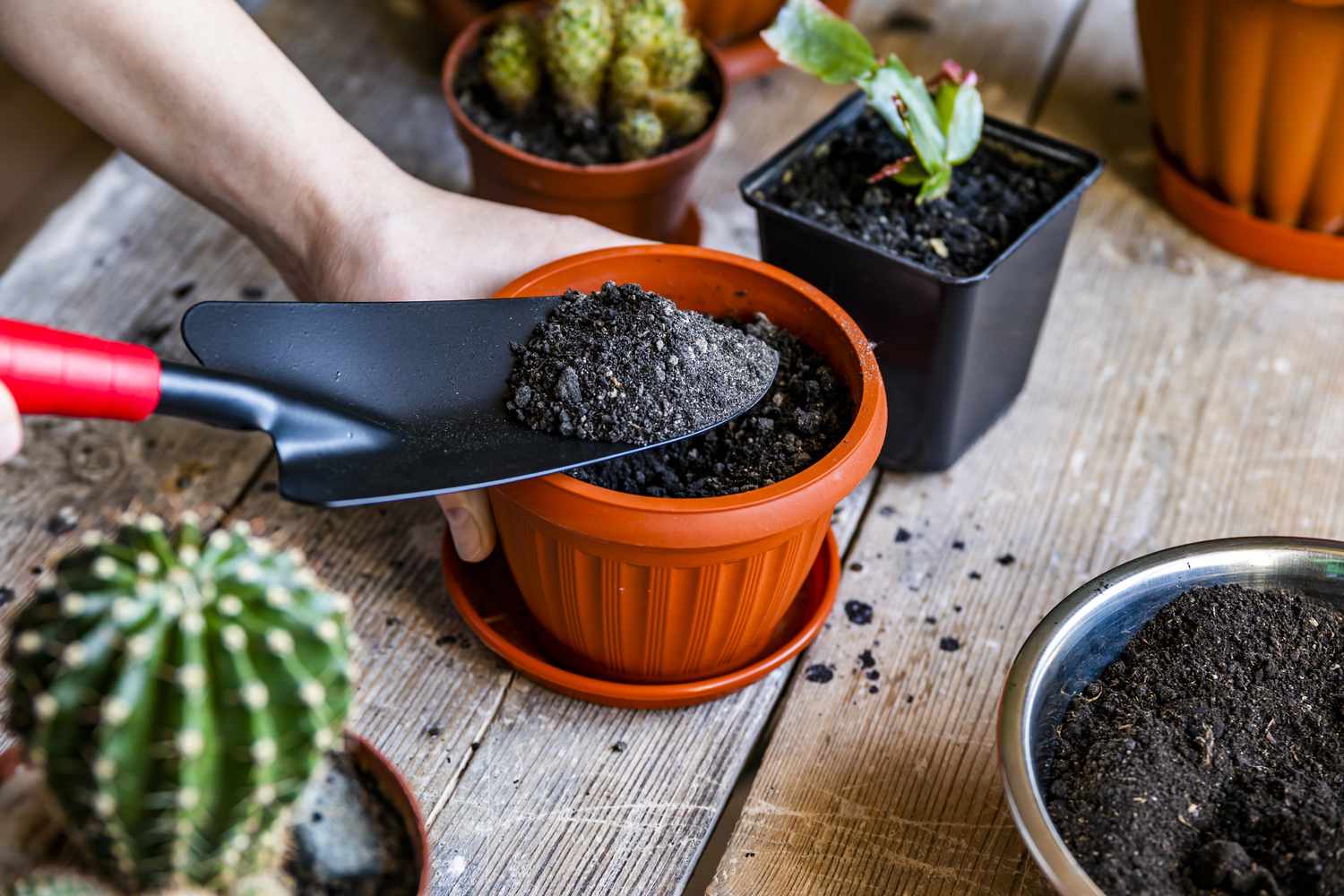
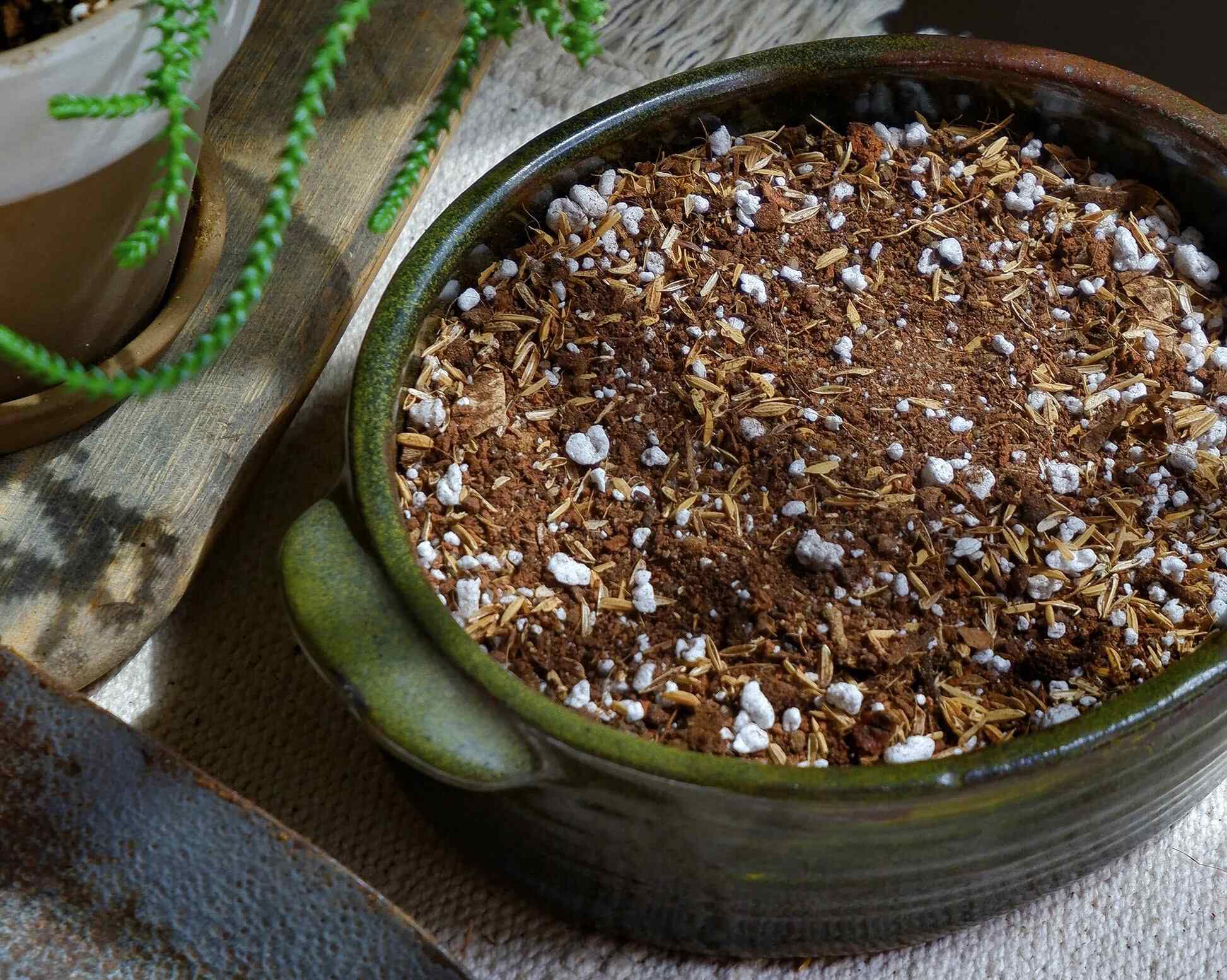
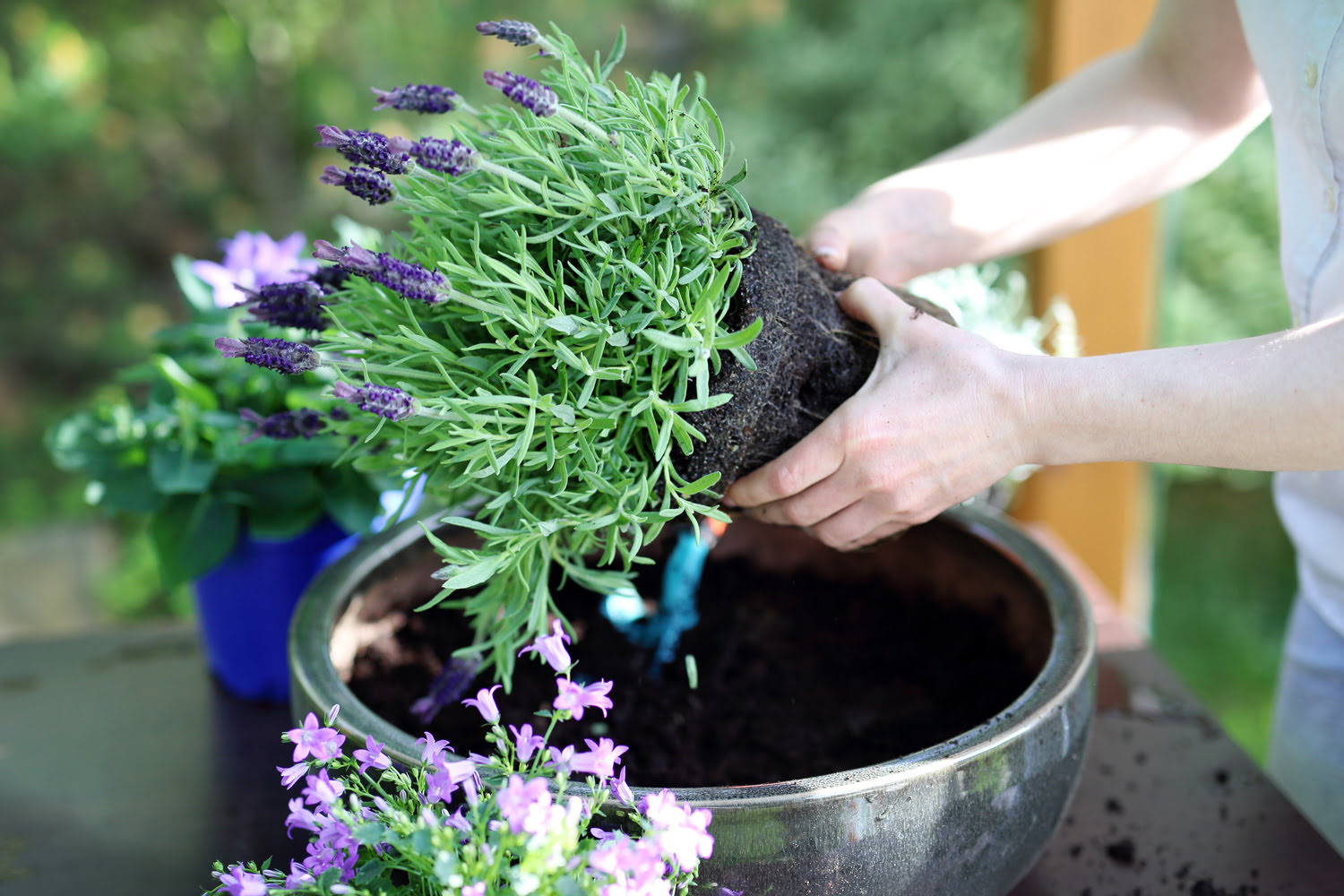
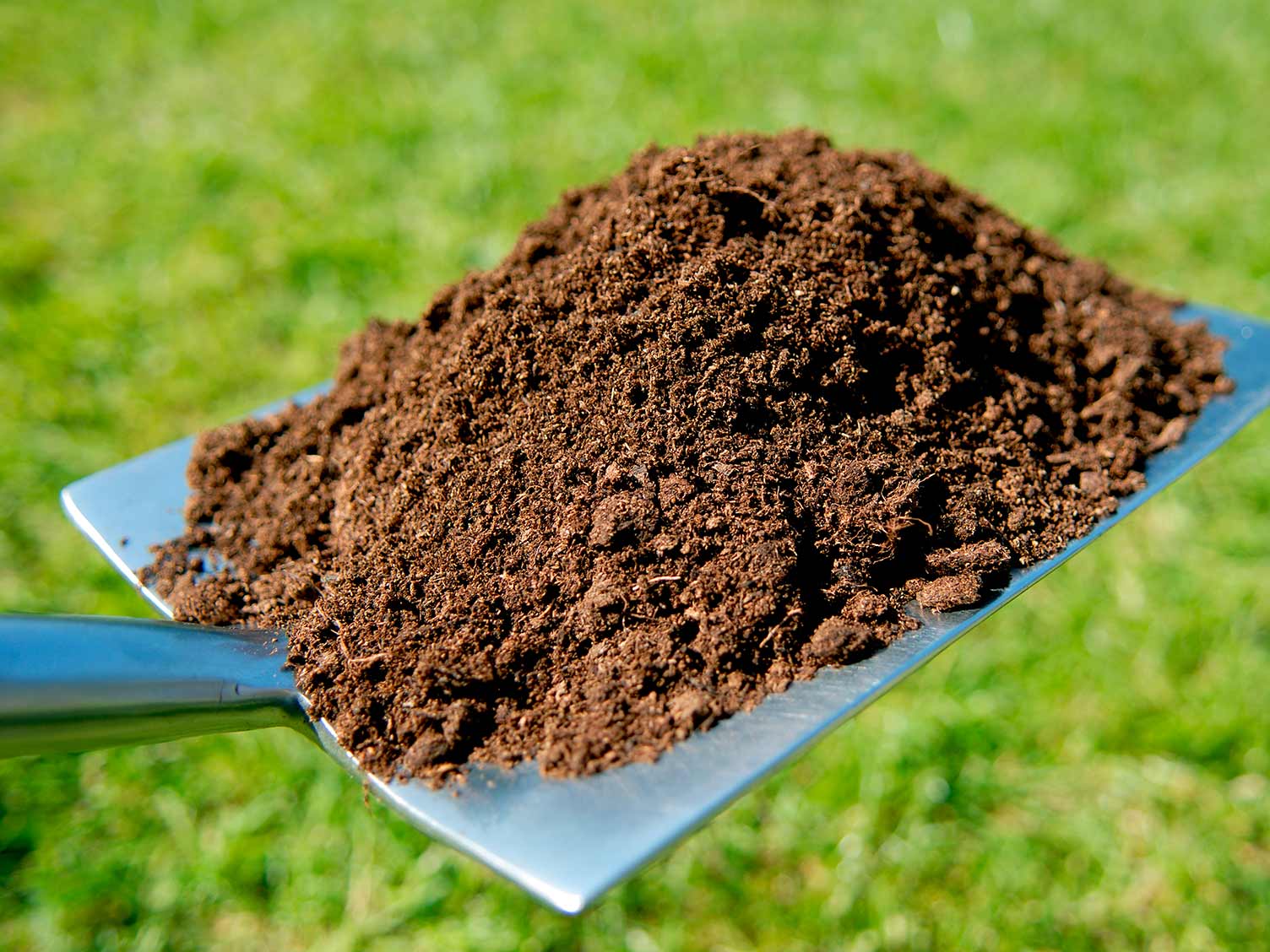

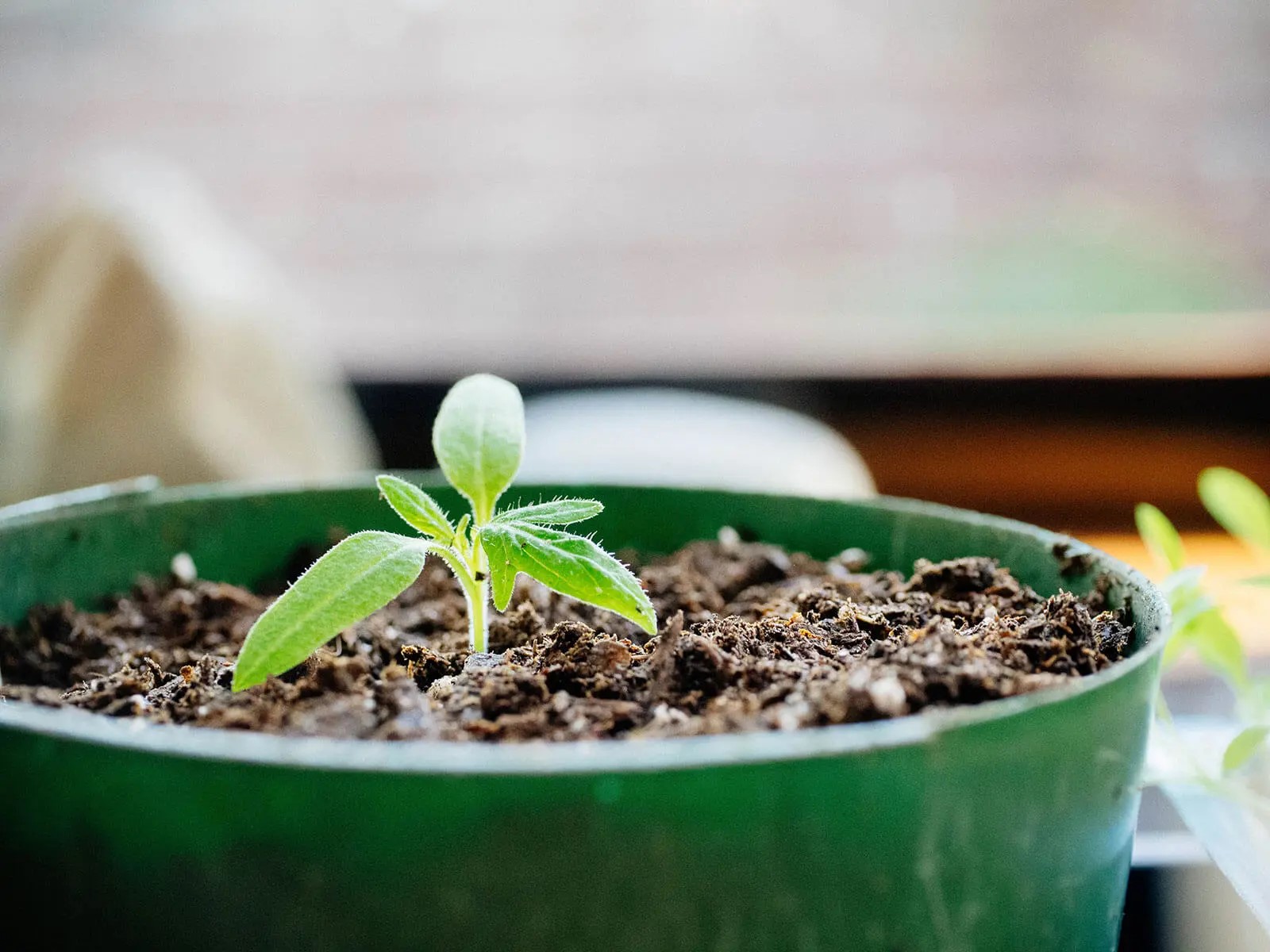
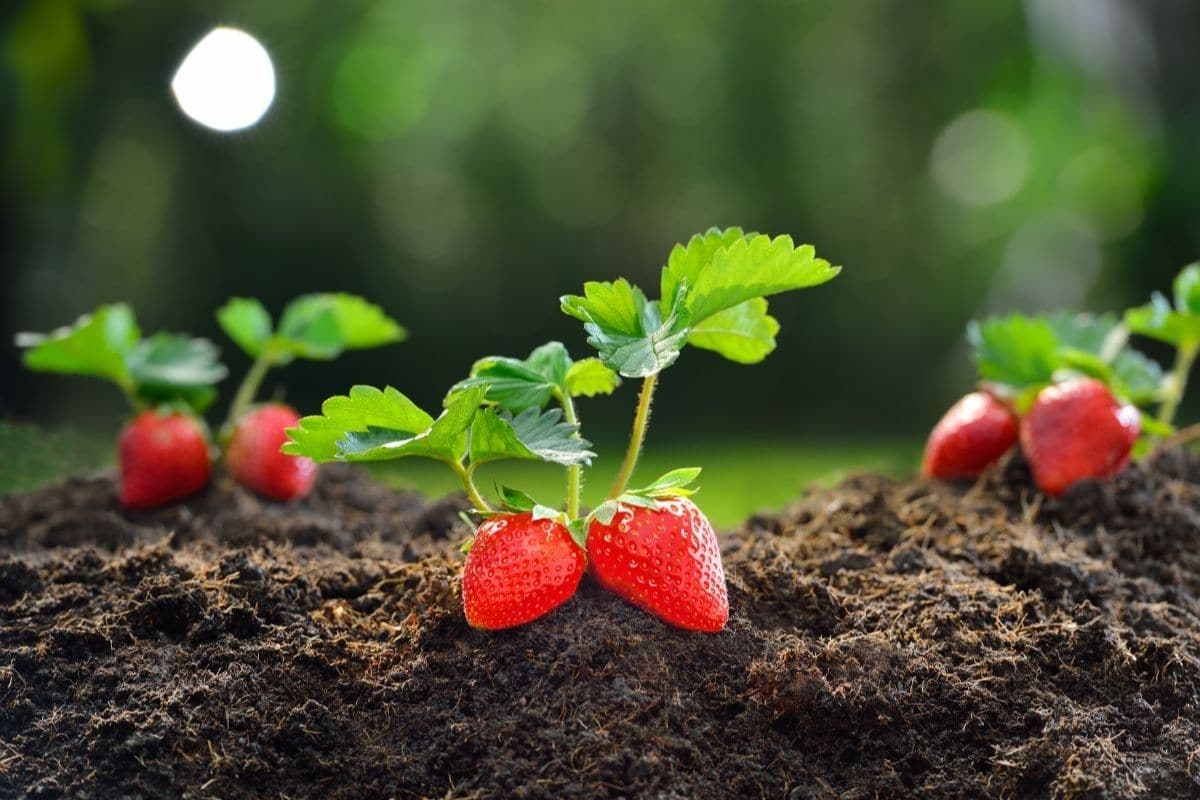

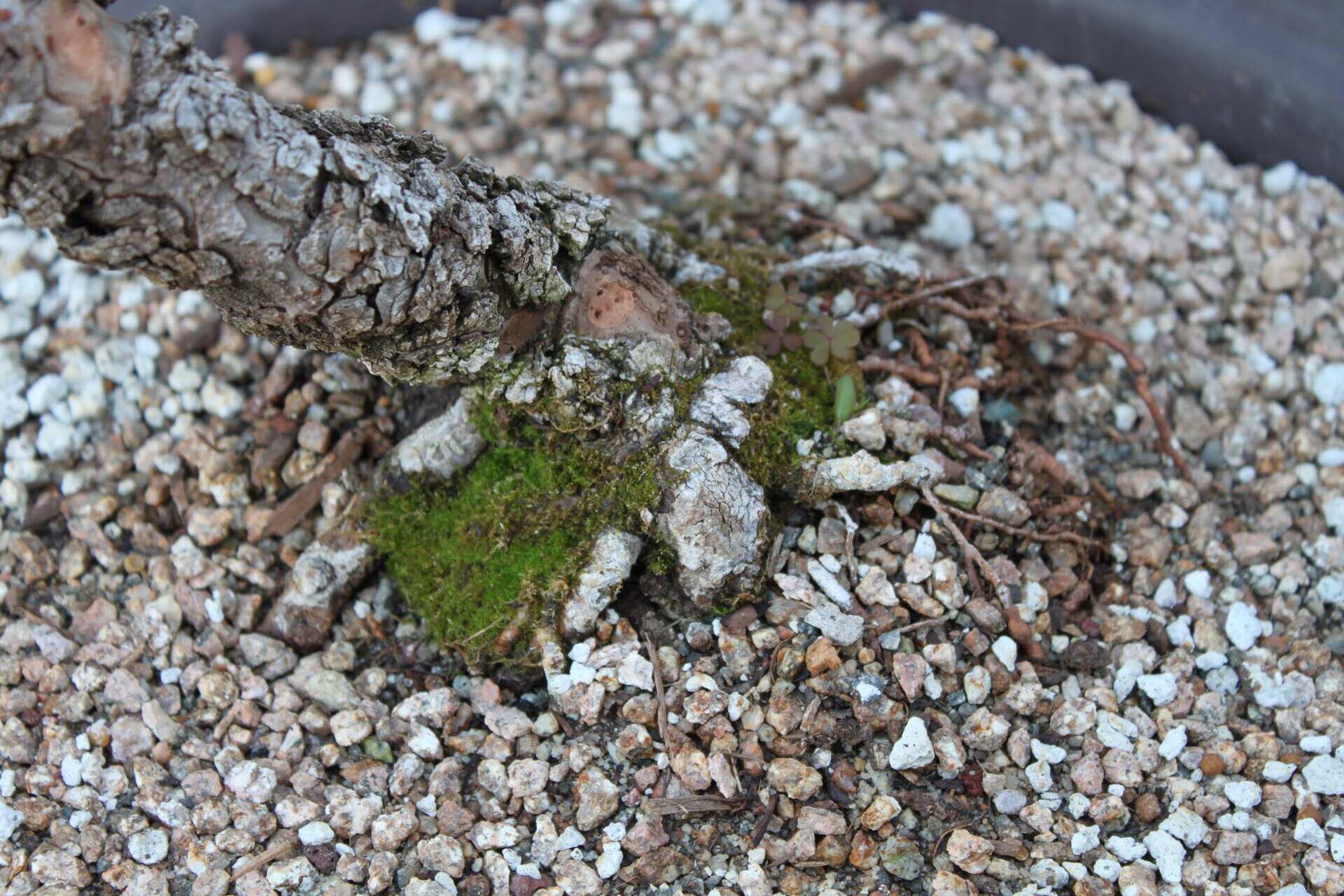
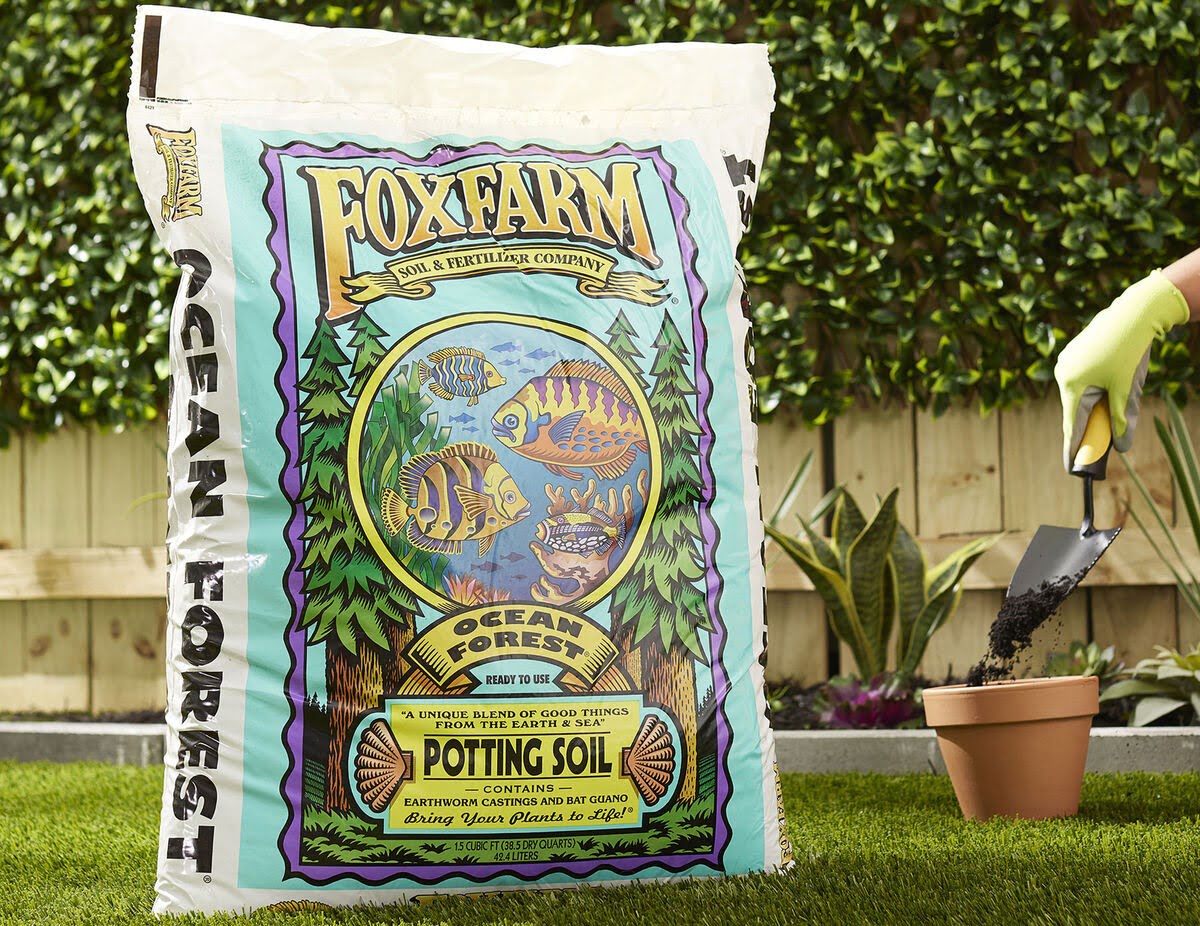

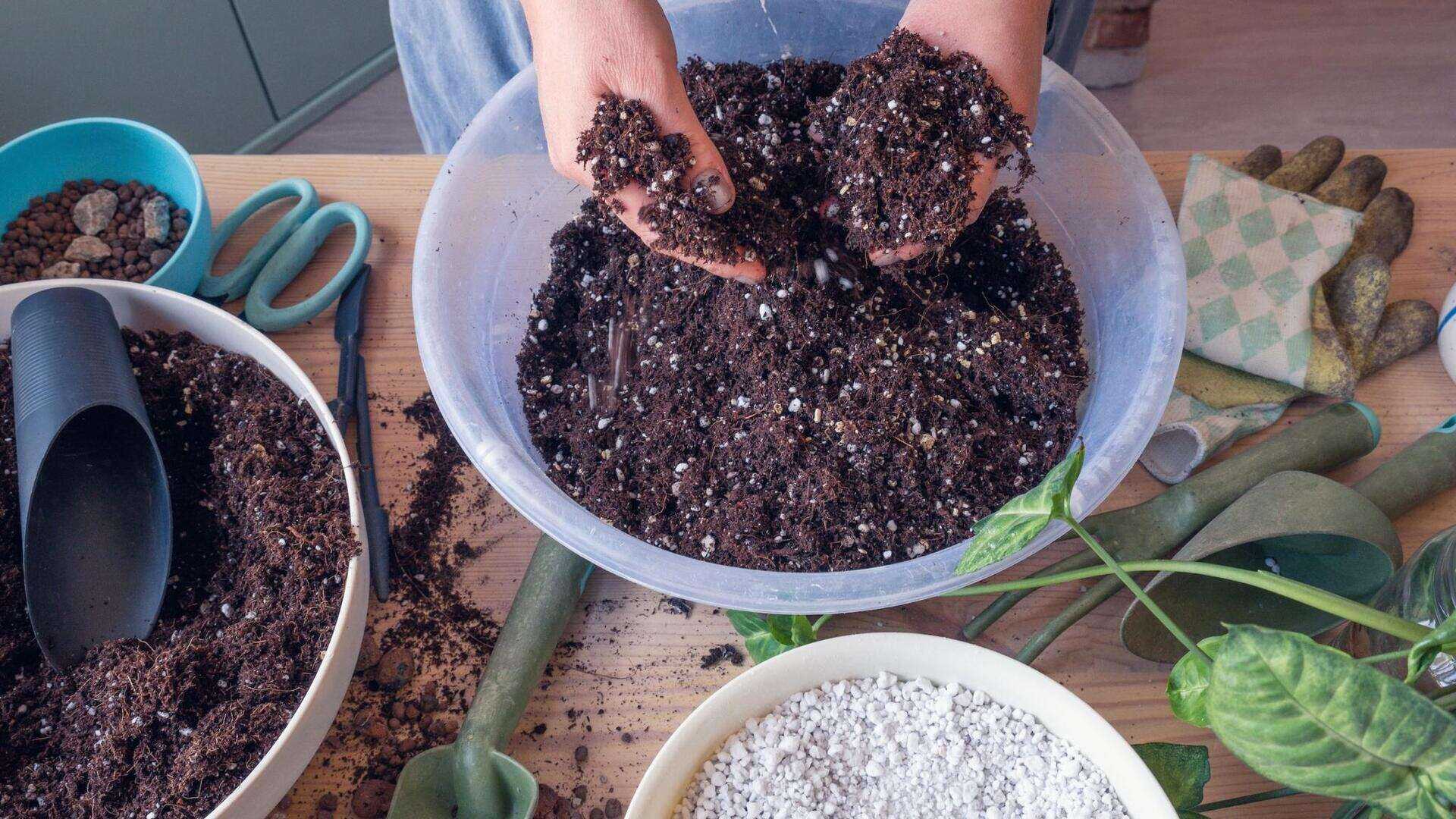
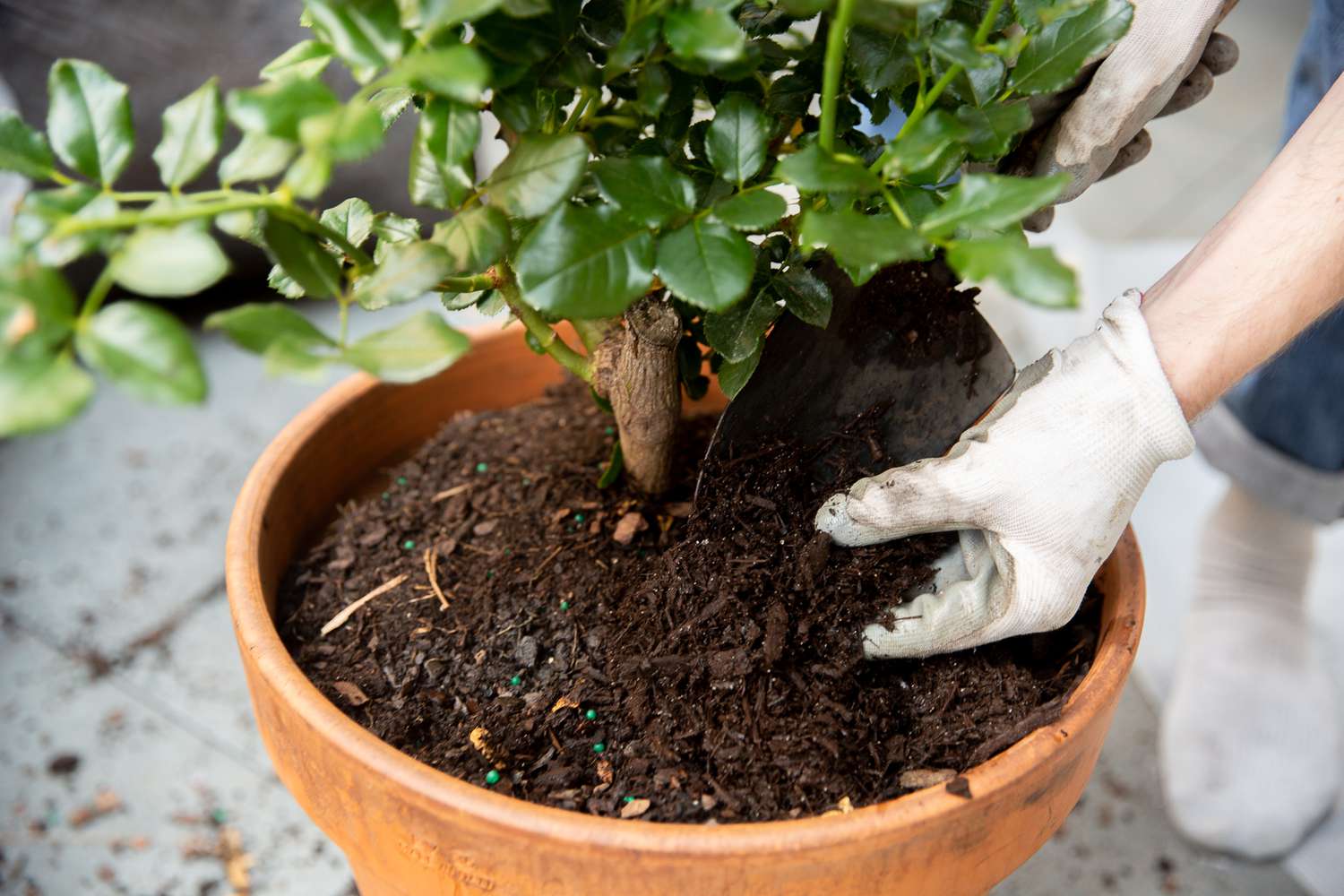
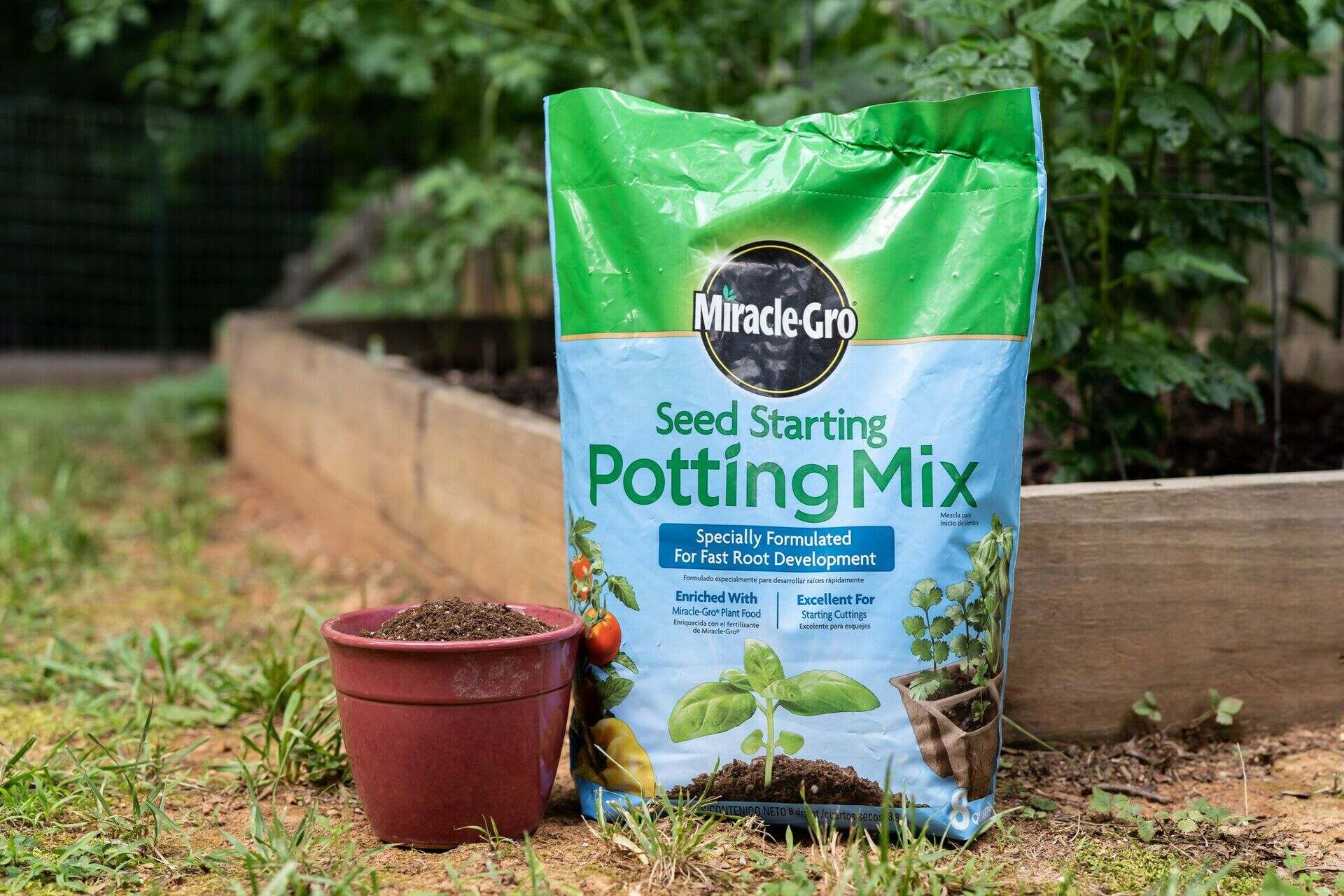

0 thoughts on “What Is A Cactus Soil Mix”